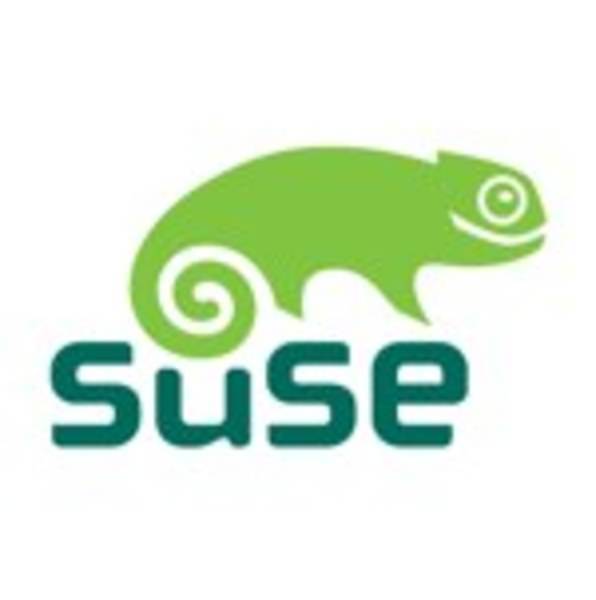This week, SUSE announced that it had joined OpenStack and today the company announced a development preview of SUSE Cloud which is powered by OpenStack. With the green team at SUSE behind OpenStack, along with Canonical, does that make OpenStack the de facto open source cloud? Not so fast – I wouldn’t count Red Hat out just yet.

OpenStack, the open source cloud infrastructure being developed by more than 125 organizations, should need no introduction. Red Hat is going its own way in the clouds, with CloudForms for its Infrastructure-as-a-Service (Iaas) offering, and OpenShift for its Platform-as-a-Service (PaaS) offering.
According to Forrester’s James Staten, “the torch has been passed” from Eucalyptus to OpenStack for open source clouds. He might be right, since it seems most of the open source players have aligned behind OpenStack. (With a few exceptions, like companies backing and building on CloudStack.) Most, but not Red Hat.
A Smart Move for Red Hat and SUSE
My friend Brian Proffitt asks, “will Red Hat always try to assert dominance over every new open source technology, or will they ever try to just join the broader community?”
When it makes sense, Red Hat works with the rest of the community. Take Apache, for example. Red Hat contributes to Apache but doesn’t show any signs of wanting to control the Web server. (I’d watch for Red Hat to make a play for Nginx at some point, though.) Red Hat contributes mightily to GCC, and many other projects. The common thread is that these projects are commodity pieces of the infrastructure that give Red Hat no advantage to differentiate on. In some cases, it would hurt Red Hat to try to go in its own direction.
When there’s something that’s strategic, like cloud infrastructure (CloudForms, OpenShift) or virtualization (KVM), Red Hat has opted to go its own way. Wearing my “community” hat, I would love to see Red Hat onboard the same train as everybody else. But for Red Hat to maintain its leadership position it can’t put its eggs in a basket like OpenStack. Red Hat wants to be the go-to company for their brand of cloud services, not one of many companies offering a commodity stack you can get anywhere.
Since SUSE is coming from behind, it makes sense for them to jump on the OpenStack bus. Why? Because there’s less risk for customers to go with SUSE for OpenStack because they can always move to another provider. With all the uncertainty around SUSE during the Novell sale and transition, it’s better for SUSE to play it safe for a while.
There’s also a cultural mis-match between OpenStack and Red Hat, given the closeness of the Ubuntu/Canonical teams and OpenStack. Some of the early OpenStack founding team came to Rackspace straight from Canonical. A lot of the development infrastructure for OpenStack is on Canonical’s Launchpad, and the release cycle for OpenStack tracks with the Ubuntu development cycle. OpenStack will have to be clearly dominant before Red Hat would be likely to jump onboard.
When there’s something that’s strategic, like cloud infrastructure (CloudForms, OpenShift) or virtualization (KVM), Red Hat has opted to go its own way.
Not a Zero Sum Game
Despite the momentum behind OpenStack, I think Red Hat will do fine with its own cloud offerings. While OpenStack has numbers, Red Hat may be able to move faster with its own engineering team than trying to push OpenStack in the directions it wants to go in.
The market is very young, and there should be room for more than one open source cloud technology to succeed well. Again, look at the Apache/Nginx situation. Apache has dominated for a long time, but Nginx is picking up a big-sized chunk of the market and more than enough to sustain a young company. Red Hat doesn’t need to own the entire market, just a large enough chunk to push it past the $1 billion annual milestone and towards the $2 billion a year milestone.
I could be wrong, though. Does OpenStack have the numbers to push Red Hat out of the race? Does Red Hat’s leadership position in Linux position it well enough to lead in the cloud too? Tell me what you’re testing out in your organizations.










